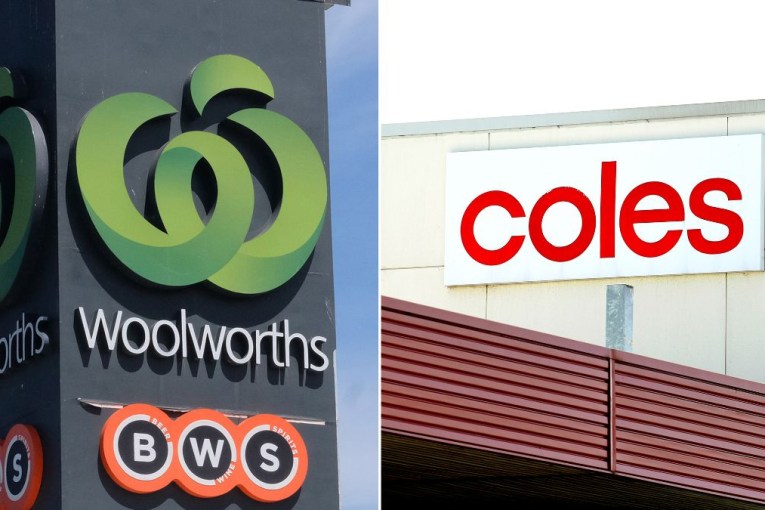Clean energy is the only solution to soaring energy prices

The Australian Energy Regulator (AER) announced on Wednesday its draft Default Market Offer (DMO) flagging a 20 per cent increase in retail electricity prices from July 1.
This increase covers retail and small business customers in the National Energy Market in New South Wales, South Australia and south-east Queensland – meaning more pain for those struggling with mortgage and interest rate rises that have stretched budgets to breaking point.
This latest hike worsens the average 10 to 12 per cent increases in retail electricity prices in July 2022.
The 20 per cent rise had been anticipated by major retailers in recent weeks, and is less than the threatened increase that forced federal Energy Minister Chris Bowen’s hand last year, resulting in unprecedented energy market intervention in December.
At that time, the Albanese government capped domestic wholesale coal and gas prices, an action that was clearly justified. The head of the AER confirmed that prices would have risen some 40 to 50 per cent in the absence of the intervention.
However, the hoped-for reduction of just a 10 per cent rise in retail electricity prices from July has not occurred.
This is a consequence of factors including continued outages at ageing and unreliable coal power stations, such as Callide C in Queensland and Loy Yang A and Yallourn in Victoria, which won’t be back on stream until early 2024.
Energy price train wreck
The failure of the previous federal government to accept and act on climate science and the obvious energy security risks of trying to extend end-of-life coal power plants now exacerbates the slow-moving, energy price train wreck smashing Australian retail and business customers.
In its 10 months in office, the federal government has made progress across multiple fronts, including passage of the Climate Act legislating a 43 per cent emissions reduction by 2030, the commitment to 82 per cent renewable energy by 2030, the Safeguard Mechanism, the $20 billion Rewiring the Nation program (designed to catalyse the build out of transmission infrastructure), and the revamped energy Capacity Mechanism (which now excludes coal and gas and will turbocharge investment in renewables).
This has been matched, and in some cases exceeded, by the states, including NSW, which has made strong policy progress on expediting Renewable Energy Zones and major transmission and storage projects, such as the Waratah super battery.
After a lost decade, there is now very significant momentum nationally, and permanent relief, while not immediate, is on the horizon.
When can we expect relief?
Retail electricity prices will likely start to decline beyond 2024 as significant new clean energy generation capacity comes online.
However, the draft decision on Wednesday is a demand for accelerated climate and energy policy implementation to build out investments in regional Renewable Energy Zones (REZ), rooftop solar, induction cookers, heat pumps, batteries, electrification of everything and improved energy efficiency, particularly in our $9 trillion housing sector.
More capacity is the key, and this takes time to construct.
Fortunately batteries, wind and solar can be built relatively fast.
But enhanced transmission grid infrastructure is also required, as well as gas peakers, pumped hydro storage, and two-way electricity flows enabling electric vehicles (EVs) – “batteries on wheels” – to send power to the grid.
After a decade of policy chaos, a key priority of the federal government should be a modernised regulatory framework which expedites approvals in line with climate objectives, and more effective and timely community consultation processes.
Prior to the finalisation of the electricity price rises from July 1, the federal government should also put in place measures to alleviate and limit the massive cost the fossil fuel sector is inflicting on all Australians.
Need for windfall export tax
This should include a temporary windfall export tax on the multinationals making out like war bandits as they extract unprecedented super profits from our fossil fuel resources, off the back of supply disruptions triggered by Russia’s war on Ukraine, and pay next to no corporate tax.

A fast move to renewable energy should be the priority, clean energy powerbrokers say. Photo: Granville Harbour Wind Farm
Australians are wearing the collective impact of their rampant, unconscionable profiteering, and of the price gouging of the gas cartel, both directly in terms of skyrocketing retail electricity and gas prices, and through the resulting surge in general inflation via rising mortgage rates.
The one-off revenues raised by a super profits tax could be used to offset the cost of living for those in our community most affected – especially in light of the government’s commitment to energy bill relief in the forthcoming federal budget – and to fund the government’s energy transition programs.
Energy transition and accelerated decarbonisation will progressively diminish energy consumers’ exposure to the fossil fuel commodity price volatility, and to the gas cartel’s egregious price gouging.
The ultimate solution to the energy price crisis is transition of our energy supply to zero-emissions, low-cost renewables, which will permanently reduce power bills.
This requires accelerated investment, which in turn requires climate and energy policy certainty, stability and ambition by federal and state governments.
Tim Buckley is a director at Climate Energy Finance








